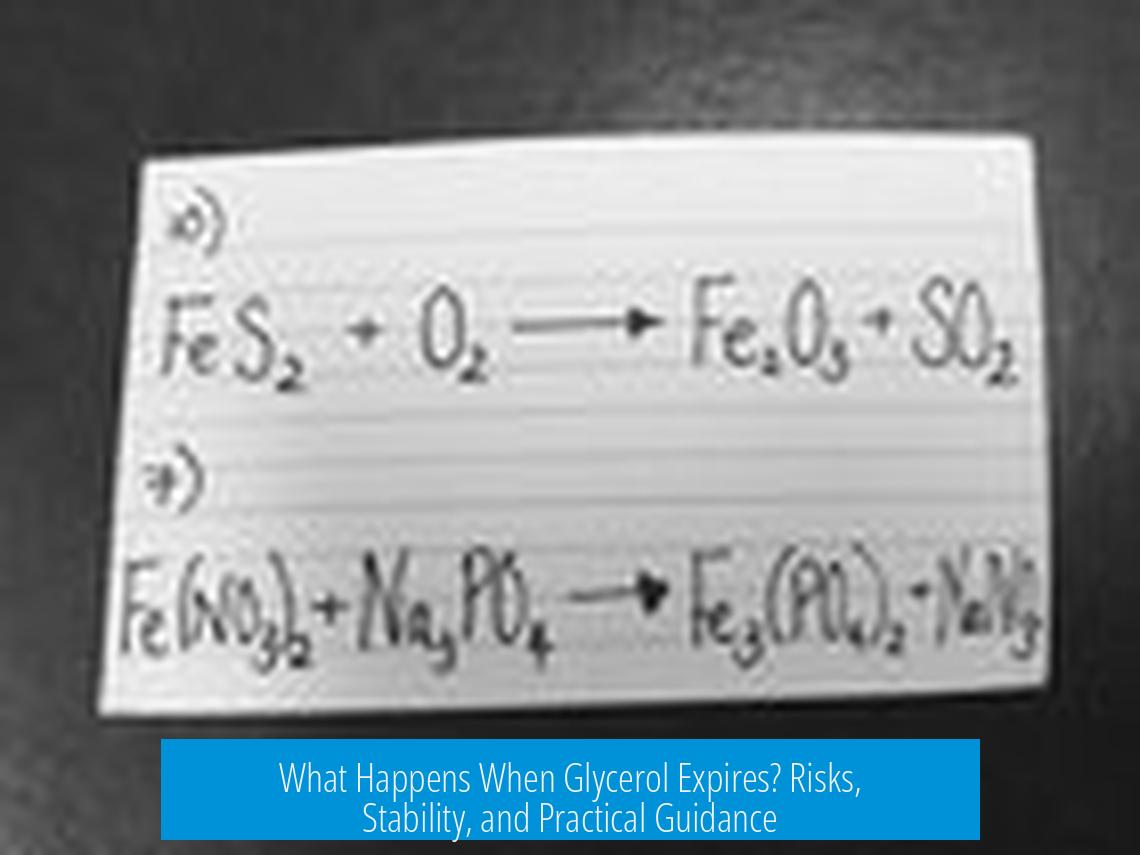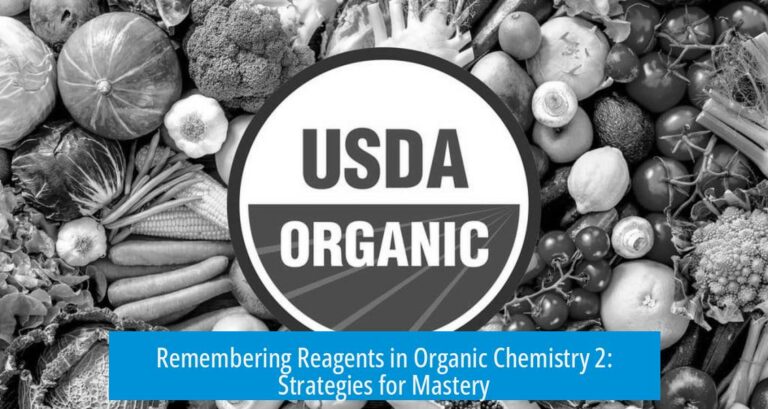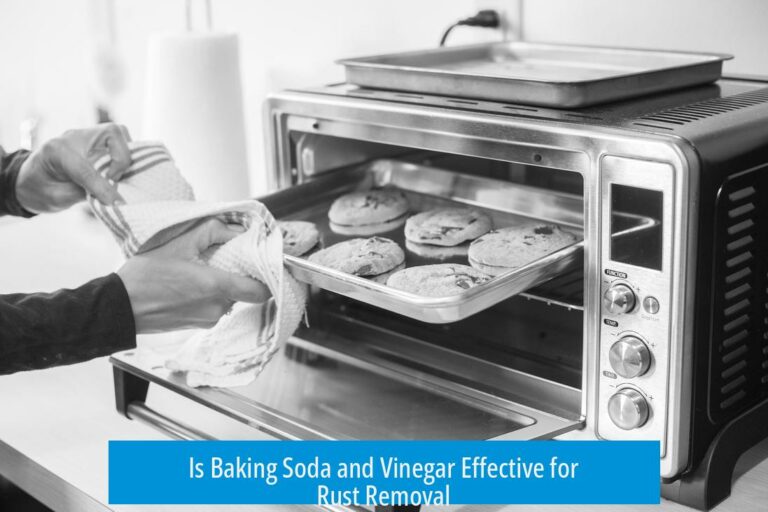What Happens When Glycerol Expires?
Glycerol does not go bad in the traditional sense after its expiration date; it remains chemically stable and usable long after its labeled shelf life. The expiration date on glycerol is primarily a regulatory or market-driven label rather than a strict indicator of deterioration.
Understanding Expiration Dates and Shelf Life
Manufacturers set expiration dates based on shelf life studies that determine how long a product remains stable. Sometimes these dates are conservative, chosen for convenience or regulatory compliance rather than actual degradation.
- Some glycerol products have expiration dates of about two years or less.
- The date signals the tested duration of stability, not a clear point where the product becomes unsafe.
- Sometimes expiration dates are arbitrary or based on limited data.
Glycerol’s Stability Over Time
Glycerol is inherently stable and resistant to breakdown. Evidence shows glycerol can remain intact and effective for decades.
- Glycerol stored properly can last 50+ years without significant quality loss.
- Exposure to sunlight or air may cause slight yellowing due to oxidation, but chemical function remains intact.
- Glycerol’s viscosity and purity remain consistent under normal storage conditions.
Risks of Using Expired Glycerol
The primary risk is microbial contamination, especially if the container is opened or improperly sealed.
- Microbes can occasionally grow if the product is exposed to contamination.
- Sealed glycerol rarely harbors such risks, maintaining original quality.
- Microbial growth would affect safety and product integrity.
Practical Guidance for Expired Glycerol
Industries sometimes test expired glycerol to confirm its quality before reuse. Cost and warranty issues encourage use within labeled dates.
- Customers may request extended testing and validation beyond expiration.
- Products used beyond expiration usually lose supplier warranty support.
- Users must balance trust in glycerol’s stability against risks and costs of replacement.
Exceptions and Special Cases
Not all glycerol-containing products share the same stability profile.
- Glycerol suppositories may degrade due to binding agent breakdown rather than glycerol itself.
- Some chemicals mixed or derived from glycerol do have meaningful expiration considerations.
Key Takeaways
- Glycerol itself remains chemically stable long past the labeled expiration date.
- Expiration dates often represent tested stability periods, not actual spoilage timelines.
- Risk of microbial contamination is low if glycerol is sealed and stored properly.
- Expired glycerol use beyond dates may affect supplier liability and warranty.
- Specific glycerol products, like suppositories, may have different expiration concerns.
What happens to glycerol after its expiration date?
Glycerol typically remains stable long past its expiration date. It does not spoil like food. Sometimes it may yellow slightly if exposed to sunlight, but its basic properties stay intact for decades.
Can expired glycerol become unsafe or harmful?
Microbial contamination is possible if the container is opened or damaged. However, sealed glycerol rarely poses a risk. Most risks come from external contamination, not chemical degradation.
Is the expiration date on glycerol a true indicator of spoilage?
Not always. Expiration dates often reflect regulatory requirements or shelf-life studies, not actual spoilage. Sometimes the date is conservative or arbitrary and glycerol can last far longer.
Should I test expired glycerol before use?
Testing can help confirm quality if you rely on glycerol for sensitive uses. Some companies validate samples beyond expiration if requested. Without testing, using expired glycerol involves some risk.
Are all glycerol products equally stable after expiration?
No. Pure glycerol is very stable, but formulations like glycerol suppositories may degrade due to ingredients like gelatin. These products might become unsafe after their expiration date.





Leave a Comment